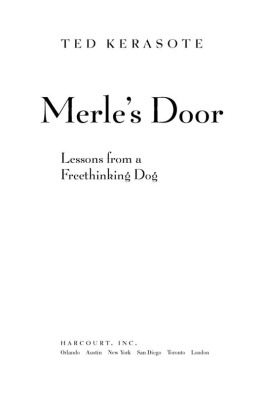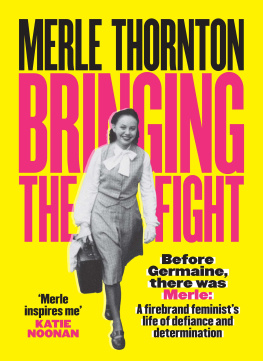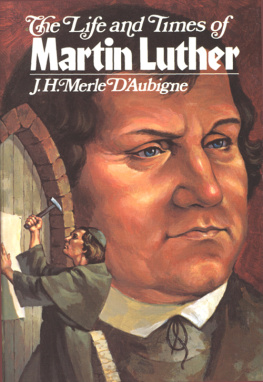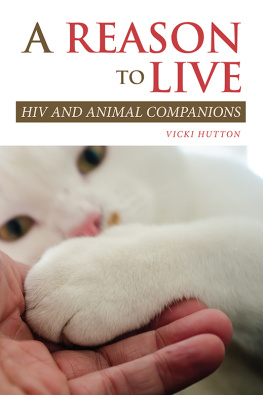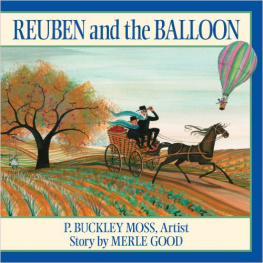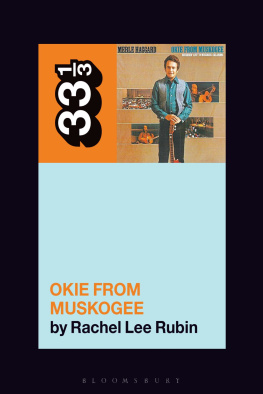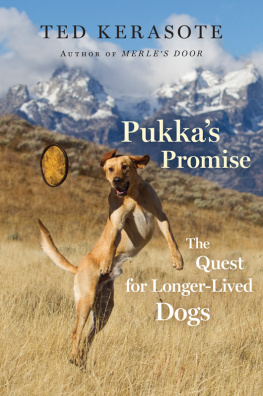HARCOURT, INC.
Orlando Austin New York San Diego Toronto London
Copyright 2007 by Ted Kerasote
All rights reserved. No part of this publication may be reproduced
or transmitted in any form or by any means, electronic or mechanical,
including photocopy, recording, or any information storage and retrieval
system, without permission in writing from the publisher.
Requests for permission to make copies of any part of the work
should be submitted online at www.harcourt.com/contact or mailed
to the following address: Permissions Department, Harcourt, Inc.,
6277 Sea Harbor Drive, Orlando, Florida 32887-6777.
www.HarcourtBooks.com
Epigraph from Dogs Never Lie About Love by Jeffrey Moussaieff
reprinted courtesy of Crown Publishers. Excerpt from "Wild Geese"
is from Dream Work by Mary Oliver. Copyright 1986 by Mary Oliver
and reprinted courtesy of Grove/Atlantic, Inc.
This book is printed on FSC (Forest Stewardship Council)-certified
stock.
Library of Congress Cataloging-in-Publication Data
Kerasote, Ted.
Merle's door: lessons from a freethinking dog/Ted Kerasote.1st ed.
p. cm.
Includes bibliographical references and index.
1. DogsWyomingAnecdotes. 2. DogsBehaviorWyoming
Anecdotes. 3. Human-animal relationshipsAnecdotes. 4. Dog
ownersWyomingAnecdotes. 5. Kerasote, Ted. I. Title.
SF426.2.K47 2007
636.7092'9dc22 2006038041
ISBN 978-0-15-101270-1
Text set in Bodoni Book
Designed by Linda Lockowitz
Printed in the United States of America
First edition
K J I H G F E D C B A
For Donald and Gladys Kent
Contents
PROLOGUE
CHAPTER 1: From the Wild
CHAPTER 2: The First Dog
CHAPTER 3: The Synaptic Kiss
CHAPTER 4: In the Genes
CHAPTER 5: Building the Door
CHAPTER 6: Growing Into Himself
CHAPTER 7: Top Dog
CHAPTER 8: The Gray Cat
CHAPTER 9: Estrogen Clouds
CHAPTER 10: At Home in the Arms of the Country
CHAPTER 12: The Mayor of Kelly
CHAPTER 13: The Alpha Pair
CHAPTER 14: White Muzzle
CHAPTER 15: What Do Dogs Want?
CHAPTER 16: A Looser Leash
CHAPTER 17: The First Passing
CHAPTER 18: Through the Door
WITH MANY THANKS
NOTES
INDEX
Just as being in jail or in exile will produce a loneliness of spirit in a human being, so, it seems, will captivity produce the same in a wild animal. Perhaps even dogs, the most domesticated of all domestic species, long for their original lupinelike freedom.
JEFFREY MOUSSAIEFF MASSON
Dogs Never Lie About Love
Prologue
This is the story of one dog, my dog, Merle. It's also the story of every dog who must live in an increasingly urbanized world, and how these dogs might lead happier lives if we changed some of our behavior rather than always trying to change theirs.
Merle had the good fortune to live in a rural placenorthwestern Wyomingwhere the boundary between civilization and the wild is still very porous. He enjoyed an enormous amount of open space and personal freedom, coming and going as he wished through his own dog door. Yet what he taught me about living with a dog can be applied anywhere. His lessons weren't so much about giving dogs physical doors to the outside world, although that's important, but about providing ones that open onto the mental and emotional terrain that will develop a dog's potential. His lessons weren't about training, but about partnership. They were never about method; they were about attitude. And at the heart of this attitude is a person's willingness to loosen a dog's leashin all aspects of its lifeand, whenever practical, to take off its leash completely, allowing the dog to learn on its own, following its nose and running free.
Chapter 1
From the Wild
He came out of the night, appearing suddenly in my headlights, a big, golden dog, panting, his front paws tapping the ground in an anxious little dance. Behind him, tall cottonwoods in their April bloom. Behind the grove, the San Juan River, moving quickly, dark and swollen with spring melt.
It was nearly midnight, and we were looking for a place to throw down our sleeping bags before starting our river trip in the morning. Next to me in the cab of the pickup sat Benj Sinclair, at his feet a midden of road-food wrappers smeared with the scent of corn dogs, onion rings, and burritos. Round-cheeked, Buddhabellied, thirty-nine years old, Benj had spent his early years in the Peace Corps, in West Africa, and had developed a stomach that could digest anything. Behind him in the jump seat was Kim Reynolds, an Outward Bound instructor from Colorado known for her grace in a kayak and her long braid of brunette hair, which held the faint odor of a healthy, thirty-two-year-old woman who had sweated in the desert and hadn't used deodorant. Like Benj and me, she had eaten a dinner of pizza in Moab, Utah, a hundred miles up the road where we'd met her. Like us, she gave off the scents of garlic, onions, tomato sauce, basil, oregano, and anchovies.
In the car that pulled up next to us were Pam Weiss and Bennett Austin. They had driven from Jackson Hole, Wyoming, to Moab in their own car, helped us rig the raft and shop for supplies, joined us for pizza, and, like us, wore neither perfume nor cologne. Pam was thirty-six, an Olympic ski racer, and Bennett, twenty-five, was trying to keep up with her. They had recently fallen in love and exuded a mixture of endorphins and pheromones.
People almost never describe other people in these termsnoting first their smellsfor we're primarily visual creatures and rely on our eyes for information. By contrast, the only really important sense-key for the big, golden dog, doing his little dance in the headlights, was our olfactory signatures, wafting to him as we opened the doors.
It was for this reasonsmellthat I think he trotted directly to my door, leaned his head forward cautiously, and sniffed at my bare thigh. What mix of aromas went up his long snout at that very first moment of our meeting? What atavistic memories, what possibilities were triggered in his canine worldview as he untangled the mysteries of my sweat?
The big dognow appearing reddish in the interior light of the truck and without a collartook another reflective breath and studied me with excited consideration. Might it have been what I ate, and the subtle residue it left in my pores, that made him so interested in me? It was the only thing I could see (note my human use of "see" even while describing an olfactory phenomenon) that differentiated me from my friends. Like them, I skied, biked, and climbed, and was single. I had just turned forty-one, a compact man with chestnut hair and bright brown eyes. But when I ate meat, it was that of wild animals, not domestic onesmostly elk and antelope along with the occasional grouse, duck, goose, and trout mixed in.
Was it their metabolized essence that intrigued himsome whiff of what our Paleolithic ancestors had shared? Smell is our oldest sense. It was the olfactory tissue at the top of our primeval nerve cords that evolved into our cerebral hemispheres, where thought is lodged. Perhaps the doga being who lived by his noseknew a lot more about our connection than I could possibly imagine.
His deep brown eyes looked at me with luminous appreciation and said, "You need a dog, and I'm it."
Unsettled by his uncanny read of meI had been looking for a dog for over a yearI gave him a cordial pat and replied, "Good dog."
His tail beat steadily, and he didn't move, his eyes still saying, "You need a dog."
As we got out of the cars and began to unpack our gear, I lost track of him. There was his head, now a tail, there a rufous flank moving among bare legs and sandals.
Next page
